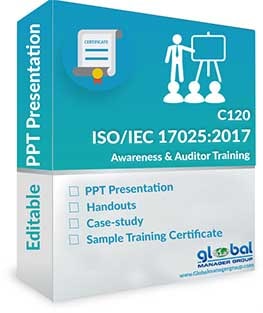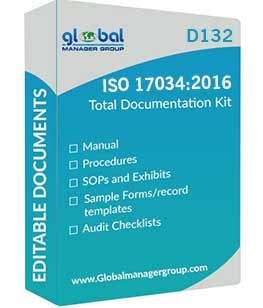 Affiliate Blog Copy – Sell Without Selling. Earn More Now!
Affiliate Blog Copy – Sell Without Selling. Earn More Now!
Mandatory Procedures in ISO 15378 Documents: A Comprehensive Overview
Written by John » Updated on: June 17th, 2025

ISO 15378 documents serve as a cornerstone for quality management in the production of primary packaging materials, outlining a comprehensive framework of mandatory procedures designed to ensure consistency, regulatory compliance, and continuous process improvement. This standard requires organizations to implement 18 specific procedures, each contributing to a robust quality management system that addresses every facet of production and operational control.
Core Quality Processes
At the heart of ISO 15378 are several core processes that establish a strong foundation for quality management:
Procedure for Management Review:
This procedure is critical as it empowers top management to periodically assess the overall performance of the quality system. Through regular reviews, leaders examine performance metrics, assess resource allocation, and verify that the operational objectives are in line with the organization’s strategic vision. This systematic evaluation not only identifies areas that require improvement but also reinforces the alignment of the quality system with the business’s long-term goals.
Procedure for Document and Data Control:
Accurate documentation is vital for maintaining compliance. This procedure details the methods for creating, reviewing, approving, and archiving documents and data. By ensuring that all information is current and accessible to the appropriate personnel, organizations can minimize errors and enhance overall process efficiency. This control mechanism is particularly important in environments where precision and consistency are paramount.
Procedure for Internal Audit:
Internal audits serve as an essential checkpoint in validating that all processes adhere to the ISO 15378 requirements. Defined by specific scopes, frequencies, and methods, these audits help in identifying discrepancies and verifying compliance. Furthermore, the procedure includes a systematic approach for reporting audit findings and implementing corrective measures, thereby fostering an environment of continual quality improvement.
Procedure for Corrective and Preventive Action (CAPA):
The CAPA process is integral to driving continuous improvement. It focuses on the identification of non-conformities through detailed root cause analyses. Once a problem is identified, corrective measures are implemented, and proactive steps are taken to prevent similar issues from reoccurring. This approach not only mitigates risks but also reinforces a culture where quality and improvement are continuously prioritized.
Procedure for Risk Management:
Risk management under ISO 15378 involves a proactive strategy to identify and evaluate potential threats to product quality and safety. The procedure provides a structured framework for continuous risk assessment and ensures that adequate measures are in place to mitigate adverse impacts. This ongoing evaluation is essential for maintaining high standards and safeguarding both processes and outcomes.
Additional Mandatory Procedures
Beyond these core processes, ISO 15378 documents require adherence to several other procedures that ensure every aspect of production is controlled and monitored. These include:
• Control of Records – ensuring proper documentation and record-keeping;
• Training – providing continuous education to personnel on quality standards and procedures;
• Control of Monitoring and Measuring Equipment – managing the calibration and maintenance of equipment;
• Control of Monitoring of Work Environment – maintaining a controlled environment that meets quality standards;
• Validation of Sterilization Process – verifying that sterilization processes meet stringent safety requirements;
• Monitoring and Measurement of Processes – continuously tracking process performance;
• Analysis of Data – using data-driven insights to inform quality decisions;
• Customer Satisfaction Survey – collecting feedback to drive improvements;
• Purchasing – ensuring quality in procurement processes;
• Control of Non–Conforming Products – identifying and managing products that do not meet standards;
• Identification of Products – maintaining clear product identification;
• Traceability – ensuring products can be traced throughout the production process;
• Preservation – protecting products during storage and transport.
Conclusion
The comprehensive suite of procedures mandated by ISO 15378 not only ensures regulatory compliance but also creates a resilient framework for quality management. By rigorously implementing these procedures, organizations can achieve better process control, improved operational efficiency, and the delivery of high-quality products. This systematic approach is fundamental for companies aiming to build trust with customers and maintain a competitive edge in industries where precision, safety, and quality are non-negotiable.
For more information visit: https://www.globalmanagergroup.com/Products/iso-15378-manual-procedures-documents.htm
Note: IndiBlogHub features both user-submitted and editorial content. We do not verify third-party contributions. Read our Disclaimer and Privacy Policyfor details.
Copyright © 2019-2025 IndiBlogHub.com. All rights reserved. Hosted on DigitalOcean for fast, reliable performance.
















